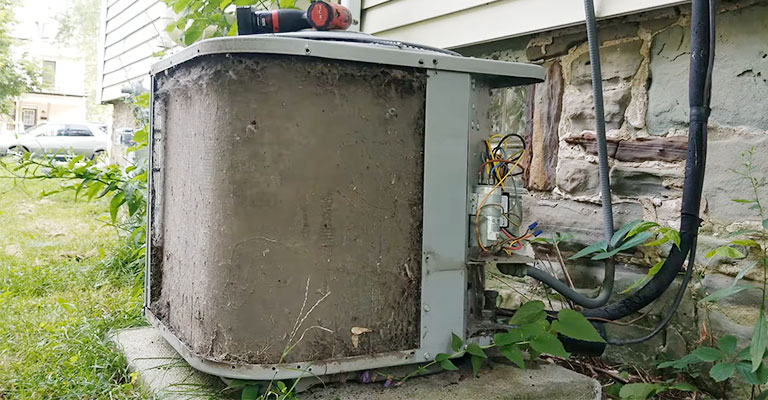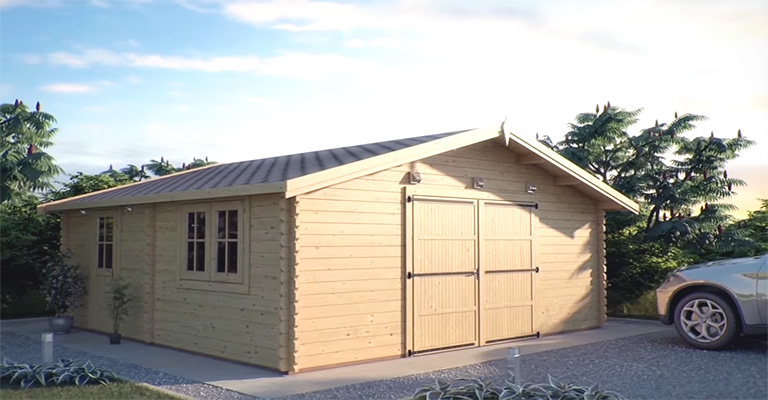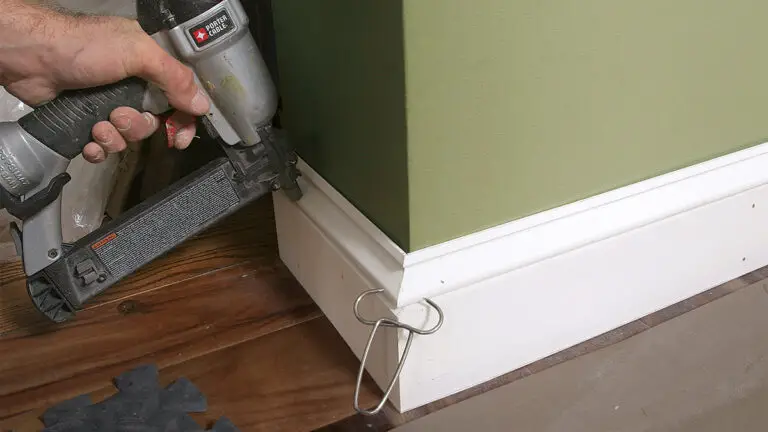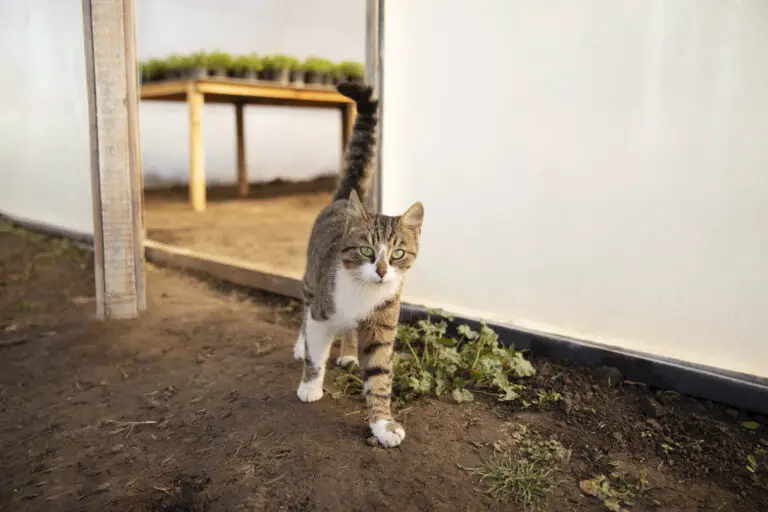LVP Flooring Cost: Preparing Your Flooring Budget
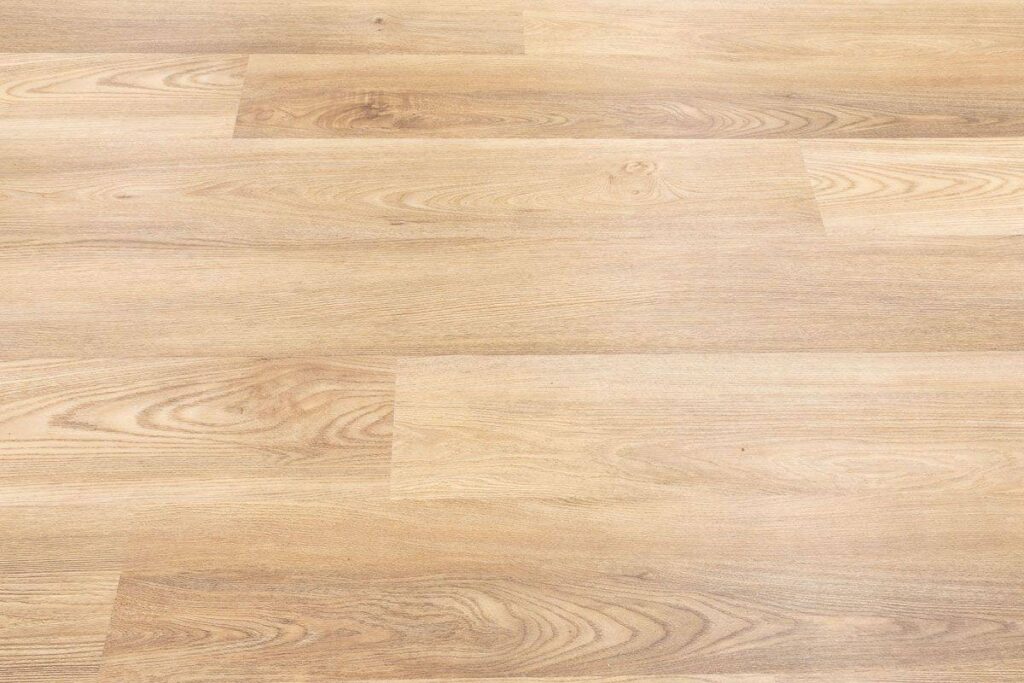
Luxury vinyl plank (LVP) flooring is a popular and cost-effective option for homeowners who want the look of hardwood or tile without the high price tag. It’s durable, waterproof, and available in a wide range of colors and textures. In this article, we’ll take a closer look at LVP flooring cost, including the factors that affect the price and how to calculate the cost of installing LVP flooring in your home.
The average cost to install LVP flooring is around $2,400 per room, according to Forbes. However, prices can range from as low as $250 to as high as $4,600 per room depending on the size of the room, the material used, and the installation method. Homeowners can save money by installing LVP flooring themselves, but it’s important to factor in the cost of tools and materials when calculating the total cost of the project.
Factors that can affect the cost of LVP flooring installation include the size of the room, the type of LVP flooring selected, and the installation method. Homeowners should also consider the cost of removing old flooring and preparing the subfloor for installation. By understanding these factors and calculating the total cost of the project, homeowners can make an informed decision about whether LVP flooring is the right choice for their home and budget.
Basics of LVP Flooring Cost
Luxury Vinyl Plank (LVP) flooring is a popular and affordable option for homeowners who want a durable and attractive flooring solution. The cost of LVP flooring varies depending on a few factors, including material costs and labor costs.
Material Costs
The cost of LVP flooring materials can vary depending on the quality of the product. Higher-quality LVP flooring will typically cost more than lower-quality options. However, even high-quality LVP flooring is generally less expensive than other types of flooring, such as hardwood or tile.
In general, the cost of LVP flooring materials can range from $2 to $7 per square foot. This price range can vary depending on the brand, color, and thickness of the LVP flooring.
Labor Costs
The cost of labor for LVP flooring installation can vary depending on the complexity of the job and the experience level of the installer. On average, the cost of labor for LVP flooring installation can range from $1 to $3 per square foot.
It’s important to note that some installers may charge additional fees for removing old flooring or preparing the subfloor. Homeowners should be sure to discuss these potential additional costs with their installer before beginning the installation process.
Overall, LVP flooring is an affordable and durable option for homeowners who want an attractive and long-lasting flooring solution. By understanding the basics of LVP flooring costs, homeowners can make an informed decision about whether LVP flooring is the right choice for their home and budget.
Factors Influencing LVP Flooring Prices
Luxury Vinyl Plank (LVP) flooring is an affordable and durable flooring option that is gaining popularity among homeowners. However, the cost of LVP flooring can vary depending on several factors. In this section, we will discuss the main factors that influence LVP flooring prices.
Flooring Thickness and Quality
The thickness and quality of LVP flooring are two major factors that influence its cost. Generally, thicker and higher-quality LVP flooring will cost more than thinner and lower-quality options. Thicker LVP flooring is more durable and can withstand more wear and tear, making it an ideal choice for high-traffic areas. However, thicker LVP flooring can also be more difficult to install, which can increase the cost of installation.
Room Size and Layout
The size and layout of the room where the LVP flooring will be installed can also affect its cost. Larger rooms will require more flooring, which can increase the overall cost. Additionally, rooms with complex layouts, such as those with many corners or angles, can also be more difficult and time-consuming to install, which can increase the cost of installation.
Geographic Location
Geographic location can also play a role in the cost of LVP flooring. Prices can vary depending on the cost of living in a particular area, as well as the availability of LVP flooring and installation services. In some areas, LVP flooring may be more expensive due to higher demand or limited availability of materials.
In summary, the cost of LVP flooring can vary depending on several factors, including flooring thickness and quality, room size and layout, and geographic location. Homeowners should consider these factors when budgeting for LVP flooring installation to ensure they get the best value for their money.
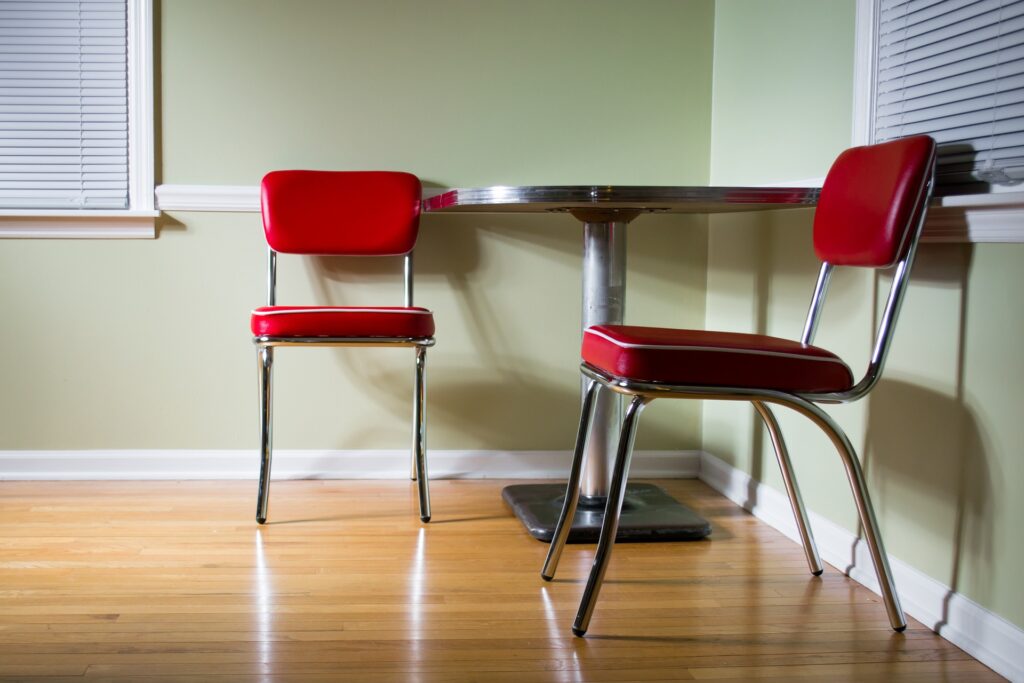
Comparison with Other Flooring Types
LVP vs. Hardwood
Hardwood flooring is a classic and timeless option, but it comes with a hefty price tag. The cost of hardwood flooring can range from $8 to $14 per square foot, not including installation costs. On the other hand, LVP flooring costs between $2 to $10 per square foot for materials and $2 to $6 per square foot for labor, making it a more affordable option.
In terms of durability, LVP flooring is highly resistant to scratches, stains, and water damage, making it ideal for high-traffic areas and homes with pets and children. Hardwood flooring, on the other hand, can be easily scratched and damaged by water, requiring regular maintenance and refinishing.
LVP vs. Laminate
Laminate flooring is another affordable option, with costs ranging from $1 to $5 per square foot, not including installation costs. However, LVP flooring is more durable and resilient than laminate, making it a better choice for high-traffic areas and homes with pets and children.
LVP flooring is also waterproof, while laminate flooring is not. This makes LVP flooring a better option for areas prone to moisture, such as bathrooms and kitchens.
LVP vs. Tile
Tile flooring is a popular choice for bathrooms and kitchens, but it can be expensive, with costs ranging from $5 to $15 per square foot, not including installation costs. LVP flooring, on the other hand, costs between $2 to $10 per square foot for materials and $2 to $6 per square foot for labor.
While tile flooring is durable and resistant to water damage, it can be slippery and cold to the touch. LVP flooring, on the other hand, is slip-resistant and provides a warmer and more comfortable feel underfoot. Additionally, LVP flooring is easier to install than tile, which requires specialized tools and expertise.
Cost-Saving Tips for LVP Flooring Installation
Luxury Vinyl Plank (LVP) flooring is an affordable and durable option for homeowners who want to upgrade their floors. However, the installation cost can add up quickly. Here are some cost-saving tips to help you stay within your budget:
1. DIY Installation
One of the easiest ways to save money on LVP flooring installation is to do it yourself. With the right tools and some basic knowledge, you can install your new floors in a weekend. You can find plenty of online tutorials and videos to guide you through the process. However, if you don’t have the time or skills to do it yourself, hiring a professional is still a good option.
2. Acclimate the Flooring
Before installation, it’s important to acclimate the LVP flooring to the room’s temperature and humidity. This process allows the planks to expand or contract to the room’s conditions, reducing the risk of buckling or warping. You can stack the boxes of planks on top of each other with some space between them to acclimate them faster. Alternatively, you can open the boxes and let them sit in the room for a few days.
3. Choose the Right Underlayment
The underlayment is the layer between the subfloor and the LVP flooring. It provides cushioning, soundproofing, and moisture protection. Choosing the right underlayment can save you money in the long run by preventing damage to your floors. A good underlayment can also improve the insulation of your home, reducing your energy bills.
4. Compare Quotes from Different Installers
If you decide to hire a professional installer, make sure to compare quotes from different companies. Prices can vary depending on the size of the room, the complexity of the installation, and the location. Look for installers who offer a warranty or guarantee on their work to ensure quality and peace of mind.
By following these cost-saving tips, you can enjoy the benefits of LVP flooring without breaking the bank.
Frequently Asked Questions (FAQs)
Q: How is the cost of LVP flooring determined per square foot?
A: The cost of LVP flooring is determined by several factors, including the quality of the material, the thickness of the plank, and the design of the flooring. The cost per square foot can also vary depending on the location and the complexity of the installation.
Q: What factors influence the labor cost for installing vinyl plank flooring?
A: The labor cost for installing vinyl plank flooring is influenced by several factors, including the size of the room, the condition of the subfloor, and the complexity of the installation. The cost can also vary depending on the experience and expertise of the installer.
Q: Can you estimate the average installation cost for LVP in a standard-sized room?
A: The average installation cost for LVP in a standard-sized room can range from $988 to $3,891, with the national average cost at $2,399. However, the cost can vary depending on the location, the quality of the material, and the complexity of the installation.
Q: How does the price of LVP flooring compare to hardwood and laminate options?
A: The price of LVP flooring is generally lower than hardwood and laminate options. While the initial cost of LVP flooring may be higher than other types of flooring, it is more cost-effective in the long term due to its durability and low maintenance requirements.
Q: What are the potential additional costs when budgeting for LVP flooring installation?
A: Potential additional costs when budgeting for LVP flooring installation include the cost of removing and disposing of the old flooring, the cost of preparing the subfloor, and the cost of any necessary repairs. It is important to factor in these additional costs when budgeting for LVP flooring installation.
Q: Is investing in LVP flooring cost-effective in the long term?
A: Investing in LVP flooring is cost-effective in the long term due to its durability and low maintenance requirements. LVP flooring is resistant to scratches, stains, and moisture, which reduces the need for repairs and replacements. Additionally, LVP flooring can increase the value of a home, making it a worthwhile investment.
Conclusion
Preparing your flooring budget for an LVP (Luxury Vinyl Plank) project requires a comprehensive understanding of the costs involved, from the initial purchase of luxury vinyl planks to the final steps of vinyl plank flooring installation. Whether you opt for luxury vinyl tile, luxury vinyl plank flooring, or vinyl sheet flooring, understanding the nuances of vinyl plank flooring cost is crucial.
Installing vinyl flooring, particularly luxury vinyl flooring, offers a cost-effective alternative to traditional wood flooring, providing durability and aesthetic appeal. The process to install vinyl plank flooring or install vinyl planks demands attention to detail to ensure a seamless finish. Therefore, when considering vinyl flooring for your home, factor in both the material and labor costs associated with vinyl plank flooring installation to make an informed decision that aligns with your budget and design preferences.


